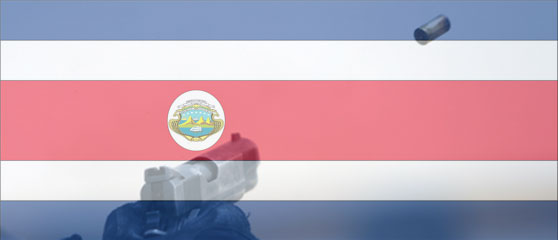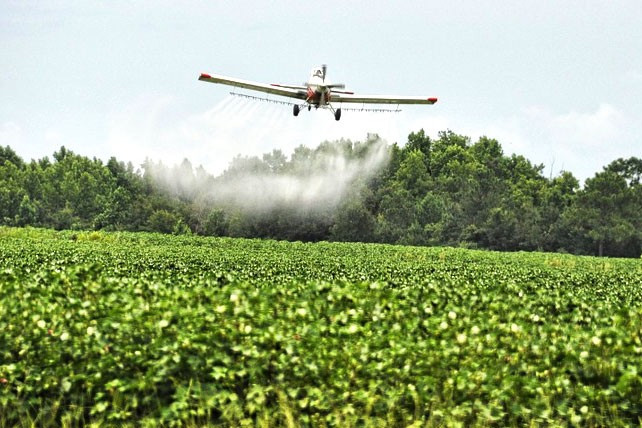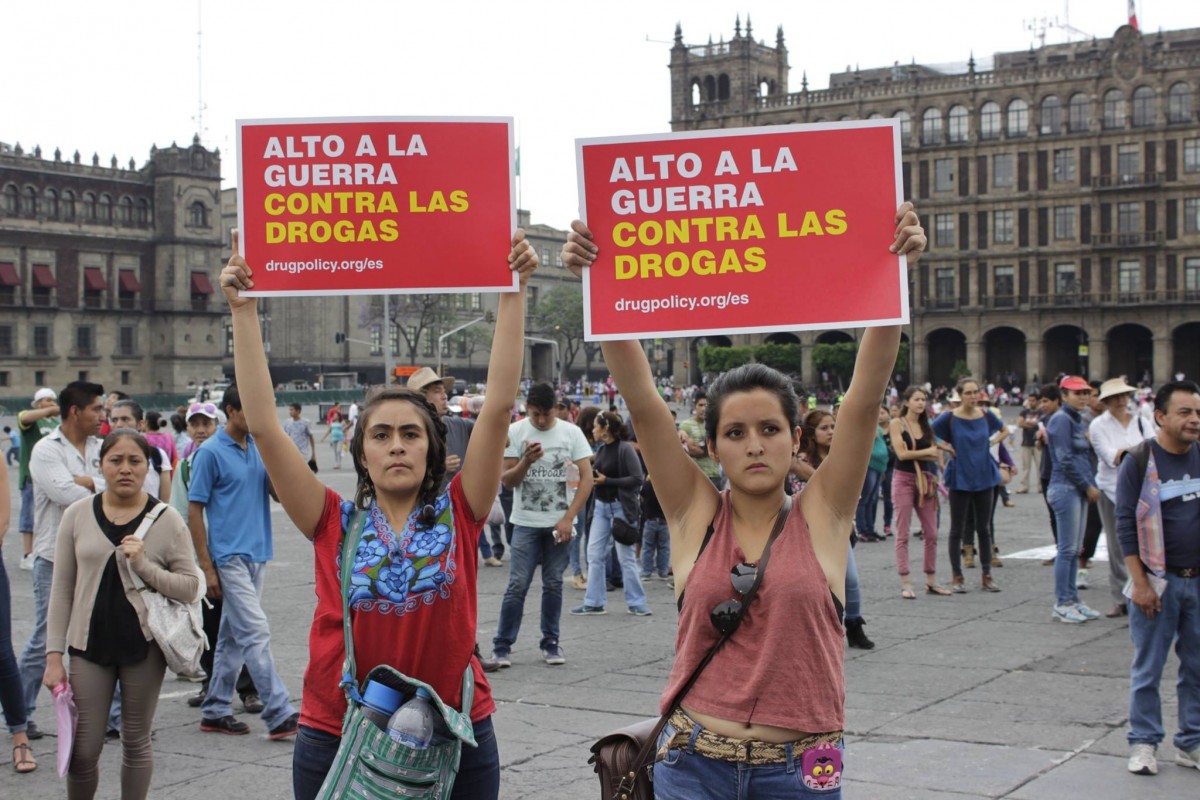Recent violence in Costa Rica’s coastal town of Limón has put a spotlight on the Central American state’s role in drug trafficking routes. In response, the Costa Rican government is seeking to expand and militarise the police force.
In the last few weeks, a number of lethal shootings has sparked a debate on how the state should deal with drug trafficking and associated crime. A widely reported shooting, which authorities attributed to drug gang warfare, took place at the Sunset Beach Club in Limón, the main port on Costa Rica’s Caribbean coast. Gunmen shot and killed a total of six people, including several bystanders – among whom two were children.
In the wake of the killings, the director of the Judicial Investigations Bureau (OIJ), Walter Espinoza, has said that there is “a culture of violence” in Costa Rica proliferated by drug gangs. The political opposition requested that a "state of emergency" be declared, although this was rejected by the government for having no apparent legal basis.
The security minister, Gustavo Mata, has called for an increased police presence on the streets of Limón to help tackle violence related to drug trafficking, having already reallocated several hundred officers from other duties.
According to Mata, it is becoming more common for drug cartels to keep some drugs in Costa Rica to be sold locally, rather than simply trafficking them all through. This, Mata claims, is bringing a new level of local violence to a state that has traditionally been a transit nation, and he claims that other associated crimes such, as money laundering and robbery, are on the rise too.
Between 2000 and 2015, the country’s murder rate nearly doubled. Insight Crime reports that over 70 per cent of homicides in Costa Rica are now drug-related. At the same time the government estimates that the amount of cocaine being trafficked through the country is at a record high; authorities claim that, by the end of this year, 1,700 tonnes of the drug would have passed through Costa Rica.
In recent years, the government has adopted an increasingly aggressive strategy for tackling organised crime, including the creation of a Special Operations Unit (FEO) in 2015, but that hasn’t been sufficient.
Costa Rica relies upon a police force of roughly 12,000 officers, which Mata hopes to increase to 18,000 to combat trafficking and related violence. According to The Tico Times, Mata has threatened to resign unless the courts agree to pass a bill that would grant more funding to the security forces.
In August of this year, authorities struck a deal in which the US government will provide $30 million in aid for Costa Rica’s counternarcotic effort, including the provision of armoured vehicles, vessels, and planes.
The increase of drug trafficking and violent crime in Costa Rica continues to tear away at the social fabric. Now, faced with intolerable scenes of violence such as the Limón shooting, the Costa Rican government has chosen to battle the drug trade with force. If this approach fails to curb the crisis, Costa Rica may have to break the mould to find an alternative.


